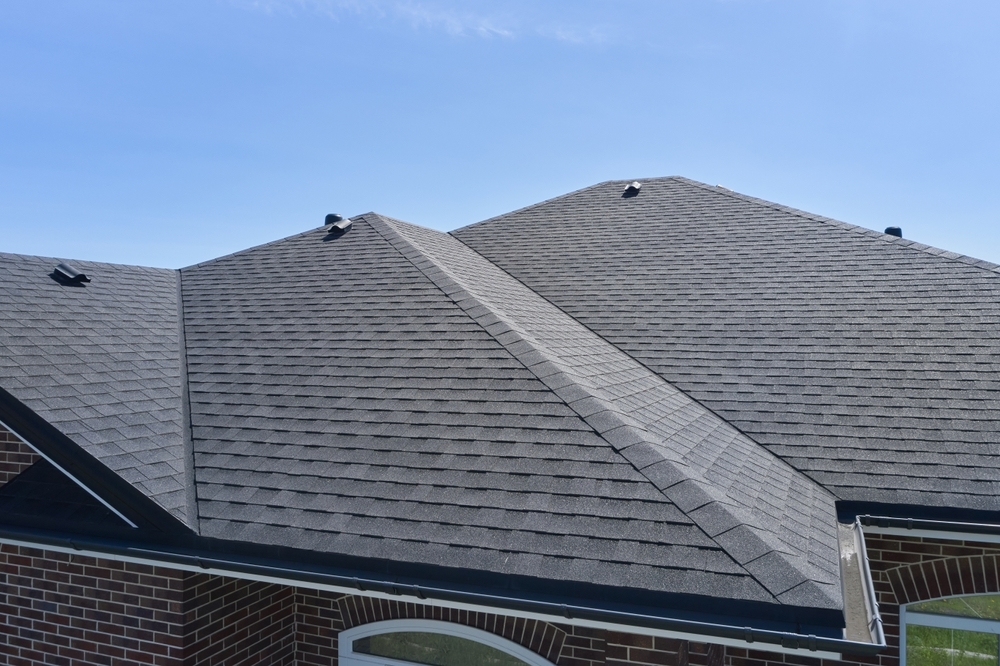How Often To Replace Roof: A Homeowner’s Guide To Roof Lifespans

Have you found yourself staring at your ceiling, wondering about that ominous brown spot? Or maybe you just dread the thought of forking over a small fortune when your roof finally gives out. You are not alone. “How often do you replace a roof?” is a question every homeowner ponders. It’s up there with “How often should I change the oil in my car?” – essential maintenance but a little shrouded in mystery.
But this isn’t something you “Google it” and get a simple answer. Why? Because a roof’s lifespan isn’t like a gallon of milk with an expiration date. Several factors determine why you’ll ask, “How often do you replace roof?” So, let’s unpack those.
Table of Contents:
Factors Affecting How Often Replace Roof
The life expectancy of your roof can be affected by several elements, including:
Type of Roofing Material
This plays a huge role. Think of it like this: Asphalt shingles are like the reliable family car of the roofing world, lasting 15 to 30 years. But metal roofs? Those are like your indestructible pickup truck—they can last 40 to 70 years, maybe longer.
Clay tiles? With the right care, they can last a century. Then you’ve got wood shakes – charming, rustic but high maintenance like a vintage sports car. They top out around 30 years but require lots of TLC. Understanding these materials can help you estimate when to replace your roof.
Climate and Weather Conditions
Living in sunny Florida is different from braving New York winters when it comes to your roof. Intense sun, hailstorms, heavy snowfall, even high humidity – they all take a toll. So, if you live in an area like ours that is prone to extreme weather, you might be asking, “How often do you replace a roof?” a bit sooner than the average homeowner.
Installation Quality
Ever heard the phrase, “You get what you pay for”? This applies to roofs too. A shoddy installation is like a ticking time bomb. It might look okay initially, but those shortcuts eventually surface, leading to premature aging and more frequent roof replacements.
Ventilation
We often forget about it, but good attic ventilation is like a roof’s best friend. Proper airflow regulates temperature and moisture, preventing rot, mold, and premature shingle deterioration. So make sure those vents are clear. Good ventilation stretches the time between asking, “How often do you replace a roof?”
Signs You Might Be Asking “How Often to Replace a Roof?” Sooner Than You’d Like
Now that you know the factors that play into your roof’s life expectancy let’s talk about the warning signs that you might mean you will need to replace your roof sooner than anticipated:
Missing, Curling, or Damaged Shingles
A few missing shingles might not seem like a big deal, but they are often an early warning of needing a roof replacement. This could mean the roof is reaching the end of its lifespan, and a replacement might be on the horizon.
Water Damage or Leaks
Those unsightly brown spots on your ceiling are a sure sign your roof is struggling. Water stains often indicate a leak that needs attention—fast. Addressing leaks promptly can potentially stave off a full-blown roof replacement. But if left unattended, it will lead to a whole slew of problems that will make the question, “How often should I replace the roof?” even more urgent.
Granules in Your Gutters
Remember those granules on asphalt shingles? Finding many of them in your gutters is like noticing your hair is thinning – a sign of aging. If you’re constantly cleaning out those granules, it’s time for a professional roof inspection. They can assess the wear and tear and tell you how much life your roof has left.
Prolonging the Inevitable: Extending the Life of Your Roof
Okay, maybe you don’t have any red flags right now, but you are curious about proactively extending the time between asking, “How often do you replace a roof?”. Smart move. Here are a couple of key things you can do:
Regular Roof Inspections
Just like we go for annual checkups, your roof needs them too. Having a professional roofer inspect your roof at least once a year, especially after harsh winters or stormy seasons, can help detect minor issues before they snowball into major headaches. Think of these inspections as preventative medicine for your roof.
Timely Repairs
Pay attention to those small leaks or missing shingles. Prompt repairs, when addressed early on, can often prevent minor damage from turning into major (and expensive) replacements.
Conclusion
Figuring out “How often replace a roof?” isn’t always easy. There is no magical formula or set number of years. But you’ll be equipped to make the right call by understanding the factors I’ve outlined and staying proactive with maintenance and inspections.